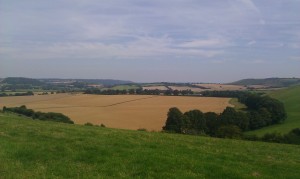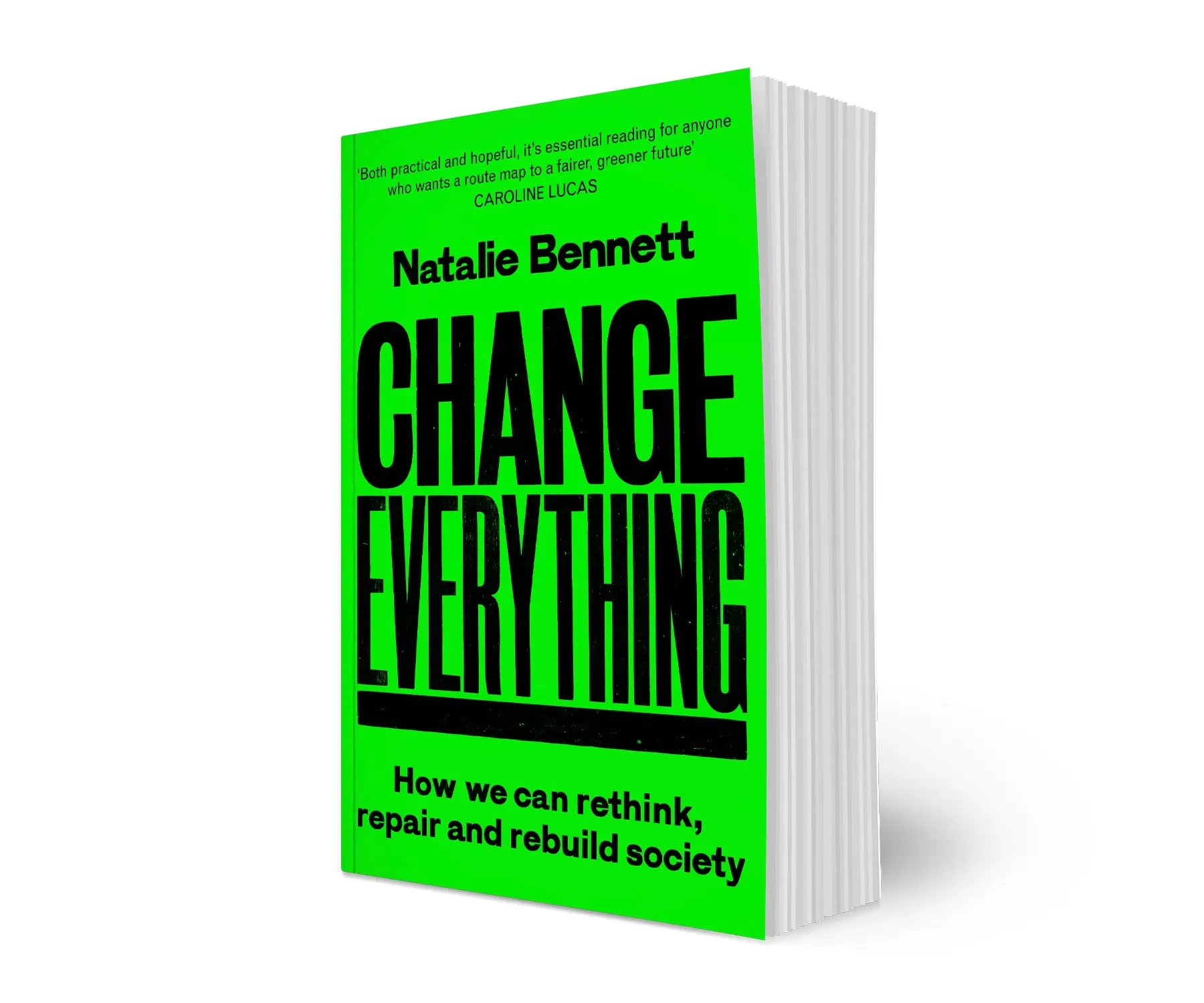Notes from Nicole Robertson’s The Co-operative Movement and Communities in Britain: 1914-1960
p. 52 “Co-operative society membership gave an entitlement to the dividend – a cash return from the members’ local society at the end of every quarter or half-year. For Beatrice Potter, one of the main motives ‘that impels the rank and file of members … is the ‘divi’…. her criticism of these ‘dividend hunters’ who failed to engage with the ideology of the movement has contributed to the establishment of a ‘dominant narrative within labour history of the limited appeal of consumer co-operation’.”
p. 136 A pamphlet for the Co-operative Women’s Guild “attempted to ‘bring home to every woman the power and danger of the Capitalist Combines’ and to inform its members how ‘sometimes the separate capitalist firms in an industry join together in one great firm, as in the Soap Trade. When a Combine is supreme, it constantly restricts production in order to keep up prices’.(Indeed a 1921 survey found Co-op soap was consistently cheaper than that of the Soap Manufacturers’ Association members, even though its production was lower.
p. 154 “The movement was founded in the 19th century on a commitment to sell pure and unadulterated food at fair prices, and this remained of central importance to its work in the arena of consumer protection during the 20th century. The co-operative movement was involved with … food safety and testing, the problems caused by profiteering, and ensuring an equitable supply of food during periods of work … During the Second World War … it provided advice to civilians on a range of consumer issues. In the 1950’s, the cooperative movement actively supported the BSI’s Kite-Mark scheme, and in 1960 it was responsible for sponsoring and publishing the first book that explained to consumers their legal rights.
p. 179 “Co-operators were continually reminded that an alliance with the Labour Party was necessary, as independent representation on local councils and in general elections would involve ‘tak[ing] on all comers, including the Labour candidates … That would be political folly.’ However, this in no way meant that relations were always amicable. Sidney Pollard argues that, in the period immediately preceding the First World War, the ‘natural groundswell which drove the Co-operative movement into the arms of the Labour Party seemed to be irresistible’. However, an exploration of relations between the two parties at a grassroots level during the period 1914-60 challenges any assumptions of this being a wholly ‘natural’ or ‘irresistible’ alliance.”
p. 216 “Peter Gurney in his study of the movement from 1870 to 1930, argued that ‘just as there were historical alternatives to mass production, so too were there alternatives to mass consumption’ and the co-operative movement was one of these…. He argues however that whatever revolutionary potential the cooperative movement did posses, was lost by 1930, and during the interwar period the fact that the movement could not complete with the shopping experience offered by stores like Marks and Spencer and Lewis’s (‘the stress on utility meant that cooperative stores did not usually stock the latest fashionable designs’) is evident.






 About
About